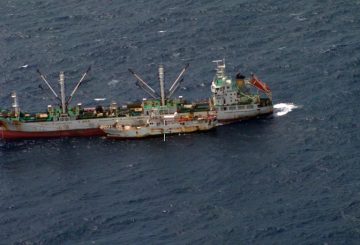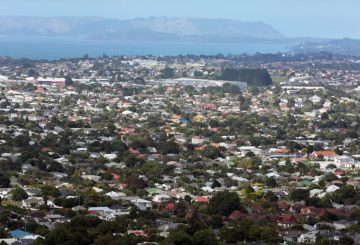한 정책 전문가는 모든 식품에 대해 건강 등급 평가를 의무화해야 한다고 제안합니다.헬스 연합 아오테아로아 (Health Coalition Aotearoa) 는 10년 동안 시행되어 온 등급 제도가 최근 평가에서 실패한 후 심각하게 받아들여지지 않고 있다고 말합니다.오클랜드 대학교의 연구에 따르면 2023년 중반에 건강 등급 (HSR) 을 받은 제품은 전체의 30% 에 불과했으며, 이는 2019년의 25% 에서 약간 증가한 수치입니다.호주에서는 2023년에 제품의 36% 가 HSR을 표시했습니다.
자발적 제도는 호주와 협력한 정부 프로그램으로, 2023년 11월까지 제품의 50% 에 HSR을 표시하고 2025년 말까지 70% 에 HSR을 표시하는 것을 목표로 합니다.헬스 연합 아오테아로아 (Health Coalition Aotearoa) 의 식품 정책 전문가 패널 공동 의장인 샐리 맥케이 박사는 식습관으로 인한 건강 악화와 싸우기 위해서는 이 제도를 의무화하는 것이 필수적이라고 믿고 있습니다.
HSR 시스템은 소비자가 특정 식품 카테고리에서 더 건강한 제품을 선택할 수 있도록 도와줍니다. 등급은 별 반 개부터 별 다섯 개까지입니다.그러나 Mackay는 제품에 제품을 표시하지 않으면 이 시스템이 유용하지 않다고 말합니다.로고를 표시하는 데 드는 포장 비용을 제외하고 기업 가입 비용은 없습니다.
Mackay는 또한 제조업체들이 건강에 좋지 않은 품질을 강조하기 때문에 건강에 좋지 않은 제품에는 등급을 표시하지 않는 경우가 많다고 지적합니다.그녀는 HSR이 식품의 건강 상태를 어느 정도 보여주기는 하지만 가공 수준을 나타내는 것은 아니라고 덧붙입니다.목표는 사람들이 가공 식품을 덜 선택하도록 장려하는 것입니다.
맥케이는 10년간 시행한 후에는 이 제도를 의무화해야 한다고 제안합니다.그녀는 또한 라틴 아메리카 국가에서 사용되고 있는 관행인 소금, 설탕, 지방 함량이 높은 식품을 표시하는 경고 라벨을 부착할 것을 권장합니다.





























































